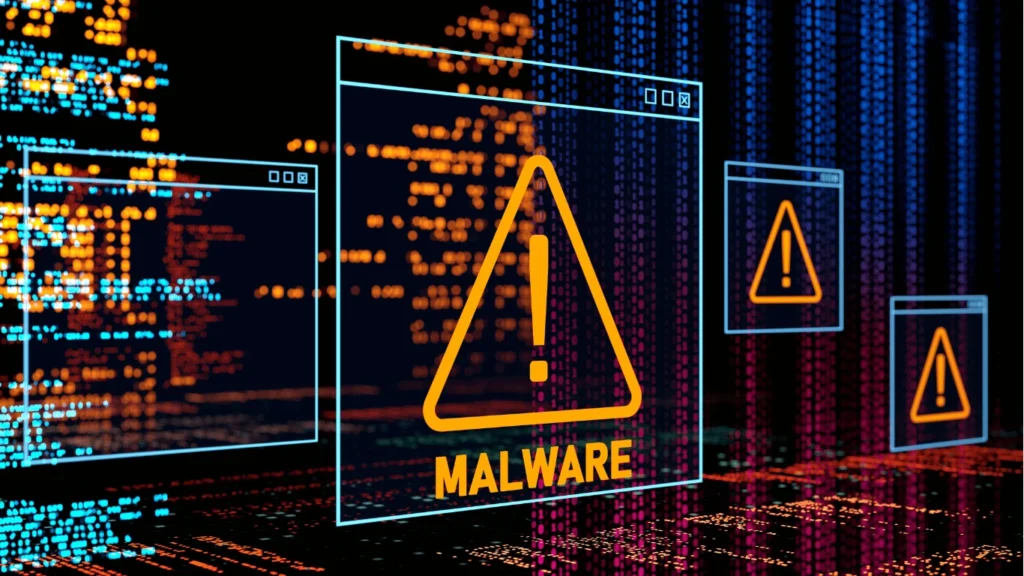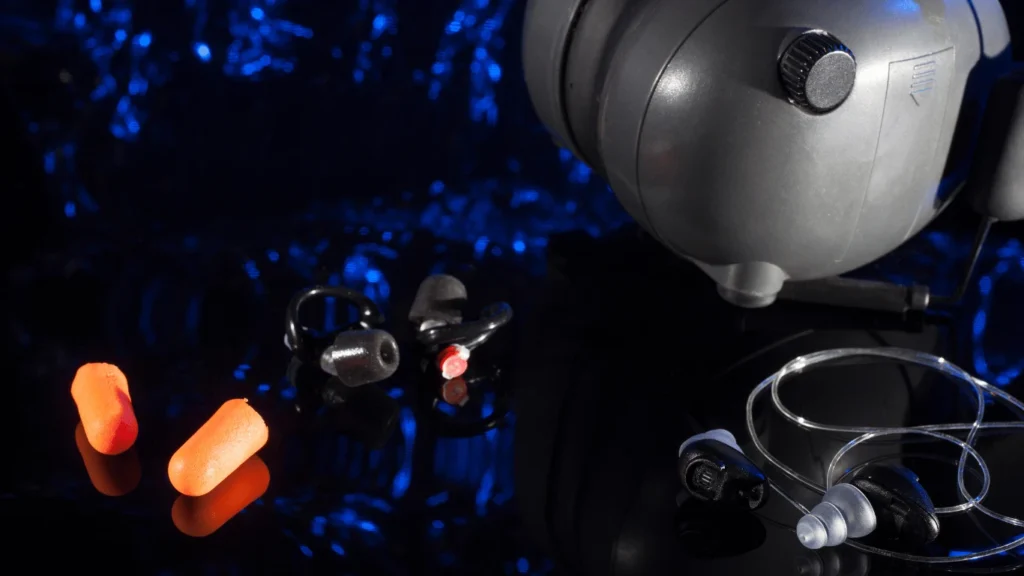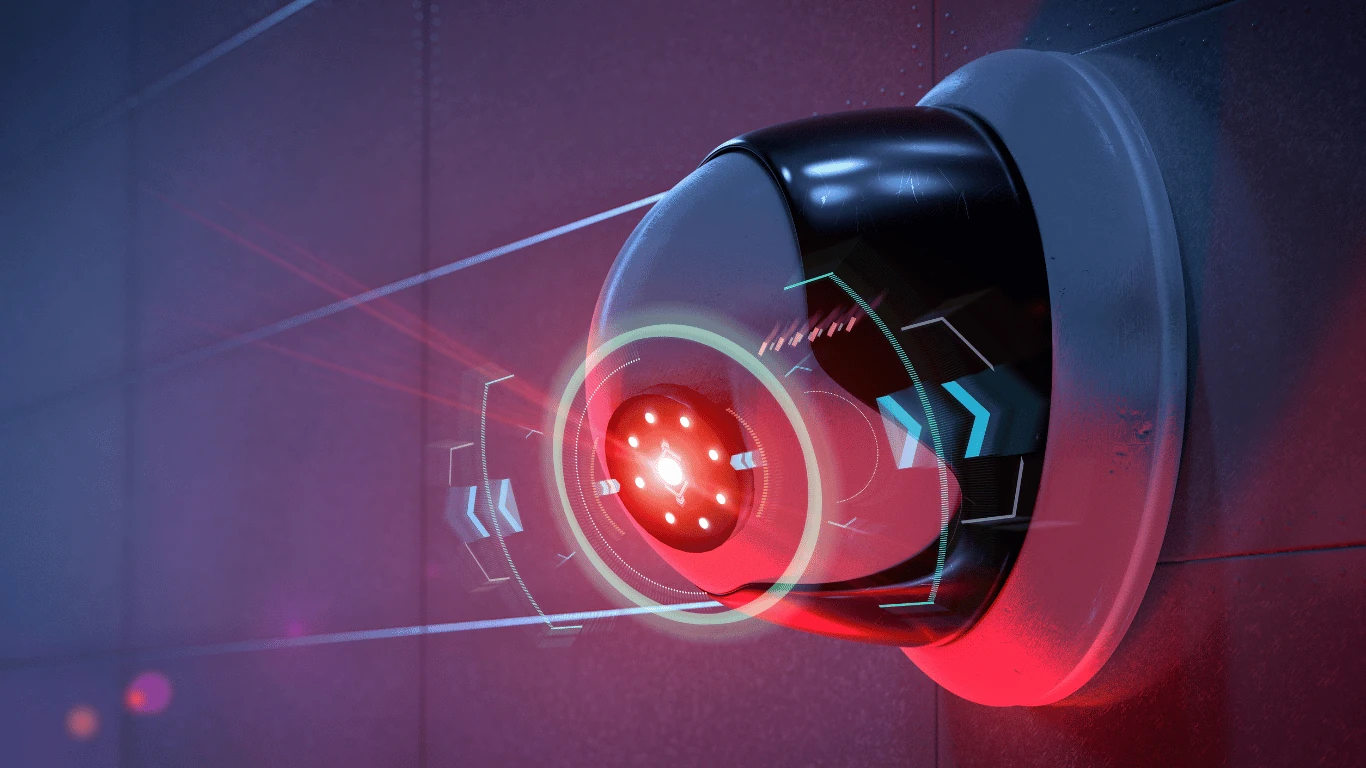According to data from OSHA and EU-OSHA, thousands of injuries and fatalities occur annually, with non-compliance with safety protocols cited as one of the leading causes (OSHA, 2020). These figures highlight the need for innovative solutions to mitigate risks and ensure workplace safety. One such solution is PPE detection using Computer Vision, a powerful tool that can significantly increase compliance with PPE and workplace general safety standards.
What Is PPE?
Personal protective equipment (PPE) is key to protecting against workplace hazards. It includes various equipment and clothing designed to protect workers from hazards in their workplace, from physical injury to exposure to harmful substances. Personal protective equipment primarily includes helmets, eye and ear protectors, protective gloves and belts, footwear, clothing, masks, and respirators.
Compliance with PPE regulations includes applying regulations, guidelines, and best practices for properly selecting, using, maintaining, and disposing of PPE. However, OSHA and EU-OSHA data indicate that compliance with PPE regulations still faces challenges that require even better methods and technologies to address.

Challenges in PPE Compliance
- One common hurdle is comfort and fit. Many PPE items, such as masks, gloves, and safety glasses, can be uncomfortable to wear for extended periods, leading to workers’ reluctance to use them consistently.
- Other common problems are selection and availability. The sheer variety of available PPE options and the task-specific nature of some equipment can make it challenging for workers and supervisors to select the most appropriate PPE for each situation. Additionally, ensuring the availability of the necessary PPE can be a logistical challenge for employers.
- Inadequate training and awareness can be also challenging as it can result in improper fitting, misuse, or neglect, diminishing its effectiveness in protecting workers.
- Moreover, workplace cultures that prioritize productivity over safety or lack accountability for PPE compliance can hinder the effective enforcement of safety protocols. Changing ingrained behaviors and attitudes towards PPE may require significant organizational cultural shifts.
- And last but not least, enforcement and monitoring challenges. Without proper supervision and accountability measures in place, compliance efforts may falter, putting workers at risk.
PPE Detection Using Computer Vision – How It Works?
Meeting the challenges highlighted above requires a multi-faceted approach, including comprehensive training programs, ergonomic assessments of PPE, proactive law enforcement strategies, as well as the implementation of new technologies, especially those based on artificial intelligence algorithms such as Computer Vision. How can PPE detection using Computer Vision help address PPE challenges in the workplace and contribute to better compliance with PPE regulations?
Computer Vision and PPE Compliance – Monitoring, Identification & Analysis
Monitoring, identification, and analysis are the three pillars of computer vision services in PPE compliance. The first step always involves capturing video or image data using cameras placed throughout a facility. The algorithms then process this visual data according to how it has been trained. For example, they can be trained to detect whether workers are wearing protective clothing and equipment at all and to detect specific PPE items such as helmets, gloves, safety glasses, and reflective vests.
Computer vision techniques can also be used for more advanced analysis of captured images or videos. This includes object detection, image segmentation, identification, and localization of personal protective equipment. By analyzing factors such as color, shape, and spatial relationships, the system can distinguish between different types of PPE and assess whether they are worn correctly.
Computer vision systems can detect the presence of PPE and monitor compliance with safety protocols in real-time. For example, the system can trigger an appropriate alarm if people are observed without the required personal protective equipment or wearing it incorrectly. This enables immediate intervention by supervisors or safety staff.

Efficient resource allocation
Computer vision technology can allocate resources more efficiently based on real-time data on PPE usage. This prevents unnecessary spending on excess or unused equipment and ensures that PPE is readily available when needed.
Data-driven insights
Computer vision systems generate valuable information on PPE compliance patterns and trends. By analyzing this data, organizations can identify areas for improvement, adapt training programs, and implement targeted interventions to improve their safety culture.

Rapid response to non-compliance
Computer vision systems can trigger immediate alarms when PPE violations are detected, allowing supervisors to intervene quickly. This quick response minimizes the duration of non-compliance and reduces the risk of accidents or injuries.
Remote monitoring
In remote or hazardous environments where direct supervision is challenging, computer vision systems can remotely monitor PPE compliance. This allows security personnel to supervise multiple locations simultaneously and respond to incidents more effectively.
Compliance documentation
Computer vision systems can automatically generate PPE compliance reports and documentation, facilitating regulatory compliance and audits. This streamlines record-keeping processes and ensures that organizations maintain accurate records of security practices.

Explore The Main Benefits of PPE Detection Using Computer Vision
Integrating AI and PPE detection using Computer Vision systems in risky environments offers a comprehensive solution related to security and finances including:
Improved safety monitoring
Computer vision systems provide real-time monitoring of PPE compliance, enabling immediate intervention when deviations are detected. This proactive approach reduces the likelihood of accidents and injuries in high-risk environments.
Greater accuracy
Computer vision algorithms can detect and identify different types of PPE, ensuring workers wear the right equipment for their jobs. This reduces the risk of non-compliance due to human error or oversight.
Increased accountability
Computer vision systems promote accountability among employees and supervisors by automatically recording and analyzing the use of personal protective equipment. Knowing that their compliance is being monitored can encourage individuals to follow safety protocols consistently.

PPE Detection Using Computer Vision: A Case Study
One of our case studies serves as the best testimony to the value of computer vision in PPE compliance and AI in the manufacturing industry overall. Neurosys designed a solution employing deep neural networks (DNNs), image processing, and object detection (a computer vision technique).
Customer overview
Our customer, the automotive manufacturer (NDA), and AI company NeuroSYS faced a common challenge on the customer’s production floors: ensuring consistent compliance with personal protective equipment (PPE) protocols, especially regarding the wearing of protective masks.
Challenge
Despite the obvious importance of personal protective equipment, including masks, workers sometimes forgot to wear them, posing serious risks to their safety. Traditional punitive measures were ineffective and demotivating, resulting in the need for an innovative, automated solution.
Solution
We have developed a system that automatically verifies mask compliance using deep neural networks and object detection techniques. By placing cameras at the hall entrances, the system detects people without masks and displays friendly reminders to wear them on the monitors. For those who comply with the safety order, the system offers gratitude. This is very important because it is a simple, yet powerful form of positive employee motivation.
See for yourself how the system works from this case study:
Influence
Firstly, the solution ensured compliance with PPE, and secondly, it strengthened the culture of safety and responsibility. By collecting and analyzing data on non-compliance incidents, managers gained insight into peak periods and areas for improvement. Moreover, the system’s scalability allowed for seamless integration with other types of PPE, a key step in the company’s digital evolution.
Results
Our client has successfully strengthened PPE compliance in its production halls. PPE detection using Computer Vision showed that by leveraging computer vision technology and prioritizing positive reinforcement of employee motivation, the client improved workplace safety and embarked on a digital transformation journey across the enterprise.
Want to learn how Computer Vision can help your business? Book 1h free consultation and talk about the potential of AI in your company.


